Hot water in PVC?
markf
18 years ago
Featured Answer
Sort by:Oldest
Comments (18)
plumbguy
18 years agolast modified: 9 years agoRelated Professionals
Hillcrest Heights Handyman · Alpine Kitchen & Bathroom Remodelers · Apex Kitchen & Bathroom Remodelers · Athens Kitchen & Bathroom Remodelers · Bethel Park Kitchen & Bathroom Remodelers · Bloomingdale Kitchen & Bathroom Remodelers · Cocoa Beach Kitchen & Bathroom Remodelers · Galena Park Kitchen & Bathroom Remodelers · Hickory Kitchen & Bathroom Remodelers · Honolulu Kitchen & Bathroom Remodelers · Manassas Kitchen & Bathroom Remodelers · Martha Lake Kitchen & Bathroom Remodelers · Mooresville Kitchen & Bathroom Remodelers · Richland Kitchen & Bathroom Remodelers · Trenton Kitchen & Bathroom Remodelerspinocchio
18 years agolast modified: 9 years agobus_driver
18 years agolast modified: 9 years agopinocchio
18 years agolast modified: 9 years agohotzcatz
18 years agolast modified: 9 years agorjoh878646
18 years agolast modified: 9 years agomarkf
18 years agolast modified: 9 years agolazypup
18 years agolast modified: 9 years agomarkf
18 years agolast modified: 9 years agoformulaross
18 years agolast modified: 9 years agopinocchio
18 years agolast modified: 9 years agomarkf
18 years agolast modified: 9 years agodnlblank
18 years agolast modified: 9 years agolazypup
18 years agolast modified: 9 years agolodi195
17 years agolast modified: 9 years agopjb999
17 years agolast modified: 9 years agoYvonne Kennedy
4 years ago
Related Stories
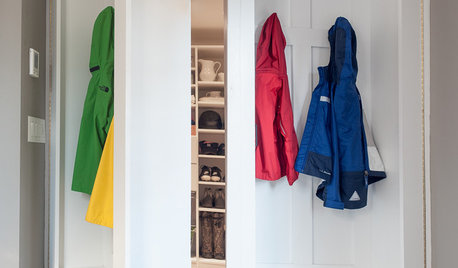
MUDROOMSRoom of the Day: This Mudroom Is Just Plain Hot
Wait till you see what’s behind the hooks and bins in this genius family drop zone
Full Story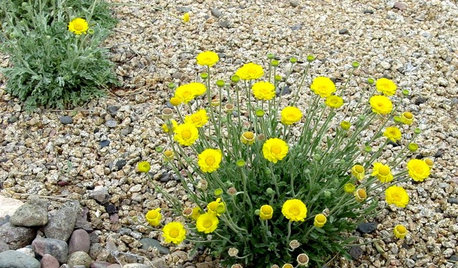
GARDENING GUIDESGreat Design Plant: Desert Marigold Cheers Up Hot, Dry Areas
Sunny but tough, this perennial thrives with little water and lots of sun
Full Story
GREAT HOME PROJECTSHow to Switch to a Tankless Water Heater
New project for a new year: Swap your conventional heater for an energy-saving model — and don’t be fooled by misinformation
Full Story
LANDSCAPE DESIGNHow to Move Water Through Your Landscape
Swales, underground pipes or a mix of both: There’s more than one way to distribute water in the garden
Full Story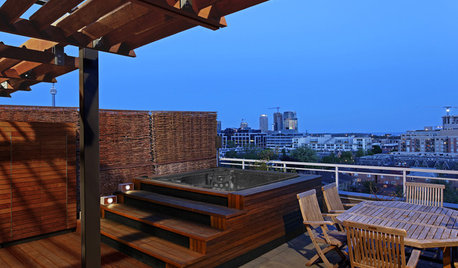
GARDENING AND LANDSCAPING8 Ways to Beautifully Integrate an Outdoor Hot Tub
Harmonize your hot tub with your landscape for good looks and great relaxation
Full Story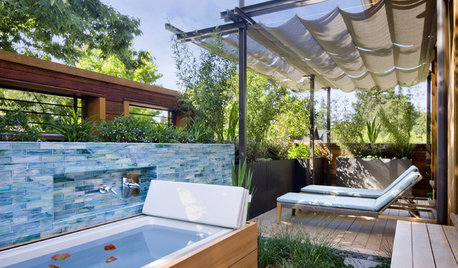
GARDENING AND LANDSCAPING13 New Ways to Make a Splash With a Hot Tub
Check out the modern options and custom features that are making outdoor spa tubs hot again
Full Story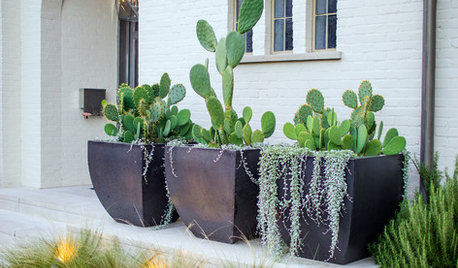
CONTAINER GARDENSCactus and Succulent Containers Are Ideal for Hot, Sunny Spots
Bring on the sun with these heat-loving succulent container gardens
Full Story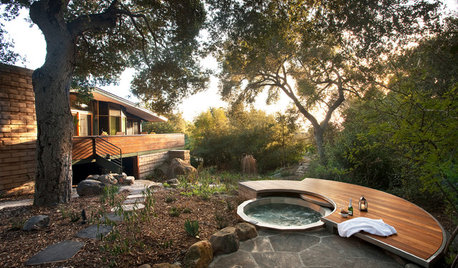
GARDENING AND LANDSCAPING12 Naturally Beautiful Hot Tubs
Prefer a no-plastic look for your patio or yard? Wood, stone and concrete make these hot tubs fit right in with nature
Full Story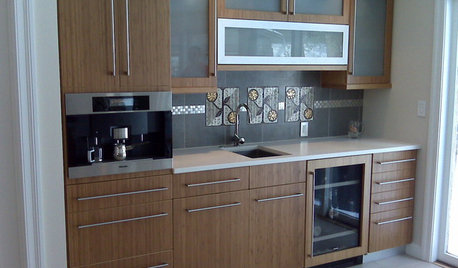
KITCHEN DESIGNHot Ideas and Tips for Coffee and Tea Stations
Let options like drawer inserts and built-in coffeemakers percolate now, so your hot-drinks station can best serve holiday guests
Full Story
KITCHEN DESIGNUsing White Marble: Hot Debate Over a Classic Beauty
Do you love perfection or patina? Here's how to see if marble's right for you
Full StoryMore Discussions







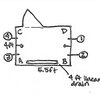
lazypup